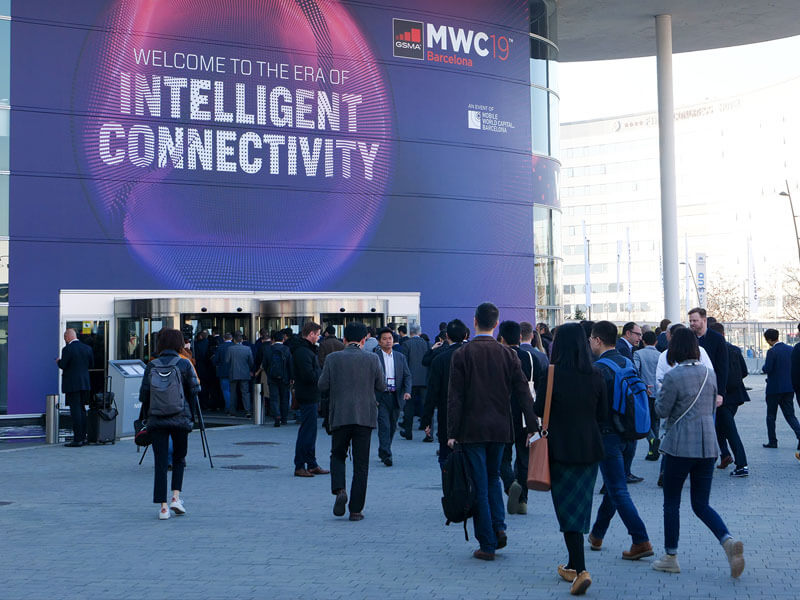Recent power cuts around the globe should act as a wake-up call for organisations that continue to believe that energy continuity is someone else’s problem.
Energy grids are getting smarter.
Unfortunately, for many reasons, they also appear to be becoming more volatile and vulnerable.
Utilities and governments are investing heavily into smart grids, smart meters and other forms of Internet of Things (IoT) technology that promise to improve grid management and monitoring.
But energy grids world-wide also continue to face a range of threats to continuity of supply.
Take for example the recent power cuts in the UK. The UK is the world’s fifth largest economy and should have an energy grid that is fit for purpose.
But on the 9 August 2019, vulnerabilities in that grid were exposed in dramatic fashion when the UK suffered its biggest power cut in more than a decade.
Biggest outage in a decade
More than one million electricity customers were without power for between 15 and 50 minutes. Train services in the south-east of the country were put out of action as well as hospitals and even a regional airport. Some train passengers were stuck for more than eight hours.
According to a report from the UK National Grid, a lightning strike led to a chain of events that saw more than 1.3GW of generating capacity lost from the network – more than the 1GW of back-up in place. The events led to the first ever investigation by energy regulator Ofgem into a UK power cut. The regulator can fine companies up to ten percent of their annual turnover.
Unfortunately, the UK is not alone in experiencing a significant power cut recently. An outage that effected Uruguay and Argentina in June 2019 was on a much larger scale.
48 million people
On Sunday 16 June, a power outage hit both countries which have a combined population of more than 48 million people. The exact cause is still unknown – initial concerns were that it could be a cyberattack - but follow-up reports have attributed it to a transmission issue from a hydroelectric dam.
Of course, power cuts and brown-outs, are almost a fact of life for energy grids – especially in developing regions. But what is of concern is how a range of factors may be increasing the likelihood of outages, even in developed economies. That combined with increasing reliance on IT infrastructure – driven by digital transformation – could create serious disruption in the future. Without power, the IoT is nothing but a collection of dumb equipment.
Underinvestment in infrastructure
Looking at the UK example, serious concerns have been raised about the general state of the grid infrastructure. For example, Bloomberg reported that: “The incident raises questions about the state of the country’s infrastructure, which has had less investment than most other countries in the Organization for Economic Co-operation and Development over the last three decades.”
The introduction of more renewables into the grid – in the UK but also around the globe – has also created more volatility in electricity supply and created management challenges for utilities. Some of that volatility will be solved by greater use of grid-level energy storage but adoption is still low right now.
And while a smarter grid may offer new efficiencies, it also arguably increases the risk of cyber-attacks such as the outage that hit Ukraine in 2015. In early July the US government announced plans to reverse the use of ‘smart’ tech in some parts of the grid and instead go back to analogue and manual systems that aren’t as prone to attack.
Some experts argue however that instead of going back several steps in technology, a further step forward could achieve the same level of protection against cyberattacks. For example, several institutions and startups around the world are investigating the use of blockchain technologies to develop grid management technologies which are also highly secure.
Renewables and cyberattacks
While the debate goes on, where does this uncertainty leave consumers and businesses? Investment in power resiliency equipment – such as UPS and generators – is the obvious step but is still largely limited to critical infrastructure operated by large organisations. But arguably, more businesses and even consumers should have the infrastructure to cope with instability in the electrical network. Power loss can have far reaching consequences, loss of production, loss of revenue, loss of market credibility and worst case making the national headlines are all risks. Avoiding the cost of just one power failure can cover the cost of resiliency equipment.
However, even data centres, which are prepared for power cuts, still suffer downtime (especially if resiliency equipment is not deployed properly or maintained adequately). According to the 2019 survey from Uptime Institute, just over a third of respondents had an outage or severe IT service degradation in the past year, while half had an outage or severe IT service degradation in the past three years. The single biggest cause of these failures was power loss.
Distributed generation and micro-grids
As well as resiliency equipment, investment in more on-site/distributed generation is also gaining momentum – mostly for efficiency reasons but there are also resiliency benefits. For example, homes equipped with distributed generation such as solar panels, integrated with battery storage systems, are better placed to deal with outages than those completely reliant on the external grid.
Some businesses are also embracing this shift towards distributed generation: using more smaller-scale, usually renewable, generation with less reliance on large centralised power plants. For a business that could mean being integrated into a micro-grid – perhaps a business campus collocated next to a solar farm with energy storage.
What these approaches all amount to is a shift in thinking for consumers and businesses to take a more proactive approach to energy – to be prepared prosumers. The term prosumer specifically refers to organisations or individuals that are both consumers and producers of energy but arguably it can also be stretched to apply more generally to customers that take a ‘proactive and professional’ approach to energy management and don’t rely wholly on a third-party provider.
Energy storage services
That prosumer approach can also play a role in mitigating wider grid issues. For example, technology now exists – from Vertiv and its partners such as Upside Energy – to enable organisations to feed existing generator, UPS and battery capacity (including new Lithium-Ion technology) into the network during times of peak demand or fluctuations (Upside helped out – via grid-level storage - during the recent UK power cut). This has the benefit of not only helping to improve grid stability but also generating revenue for those organisations that choose to partake.
There is a concern that providing energy storage services could somehow jeopardise the performance of resiliency equipment – UPS or generators – but storage services are designed to only use the spare portion of the total power available to a UPS or generator.
The emergence of energy storage services, together with the potential for more grid instability in the future, is also incentivising some organisations – retailers, small businesses - that haven’t previously seen the need for UPS and other forms of energy resilience to investigate the options.
Grids may be getting smarter but the smartest plan for organisations looking to improve their energy resiliency and efficiency is to be prepared and proactive prosumers.





